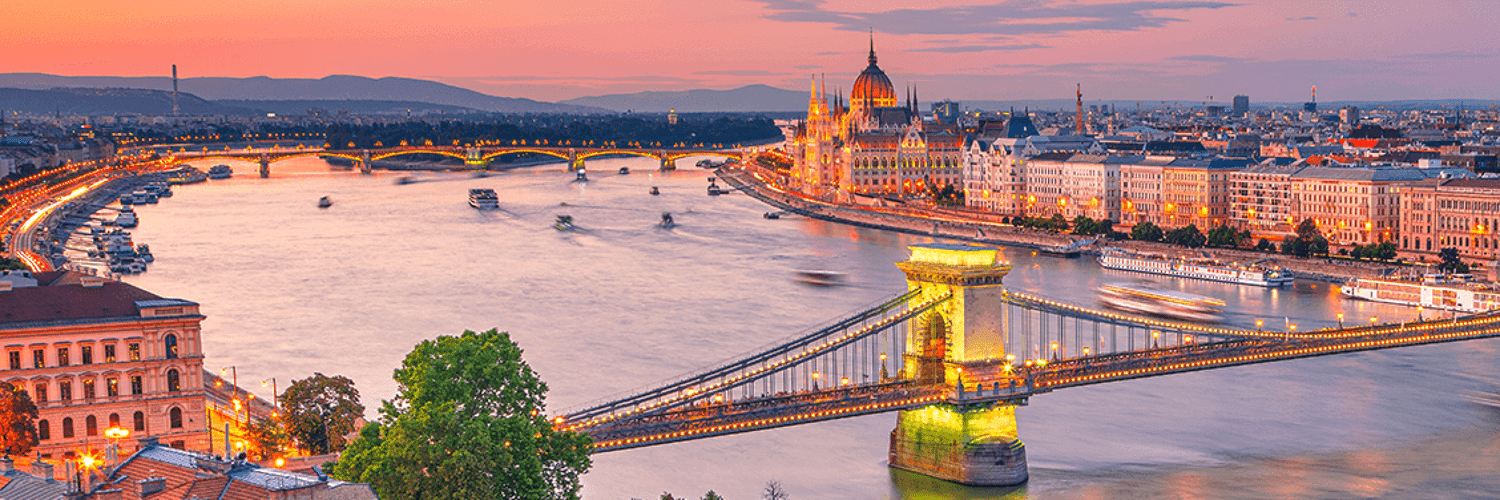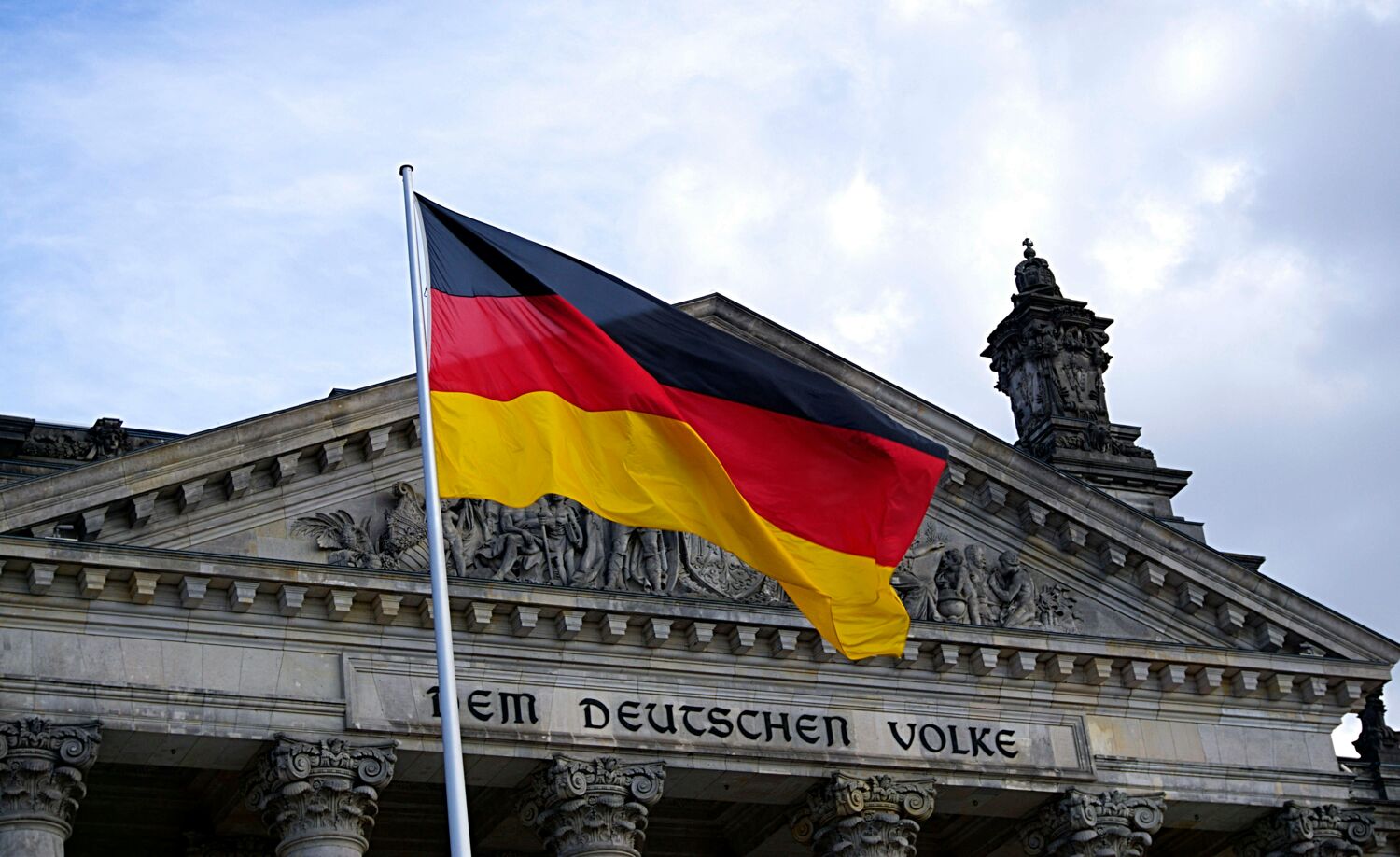Europe Holidays 2025 & 2026

General Information
Time Difference
Europe spans multiple time zones, with most countries operating on Central European Time (CET), which is one hour ahead of GMT. Some countries, like Portugal and the UK, use Greenwich Mean Time (GMT). Many European nations also observe Daylight Saving Time (DST) from late March to late October, shifting one hour forward.
Currency
The primary currency used across most of Europe is the Euro (EUR). However, some countries, including the United Kingdom (GBP), Switzerland (CHF), and Norway (NOK), maintain their own currencies.
Capital
Europe is home to many countries, each with its own capital city. Notable capitals include London (UK), Paris (France), Berlin (Germany), Madrid (Spain), Rome (Italy), and Amsterdam (Netherlands).
Population
The total population of Europe is approximately 750 million people, with large variations among countries. Germany has the highest population within the European Union, while smaller nations like Luxembourg and Malta have much lower populations.
Language
Europe is linguistically diverse, with over 200 languages spoken. The most widely spoken native languages include English, French, German, Spanish, Italian, and Russian. Many European countries have multiple official languages, such as Switzerland, which recognises German, French, Italian, and Romansh.
Flight Duration
The average flight duration from London to major European cities is relatively short compared to intercontinental travel. Flights take approximately:
- Paris, France – 1 hour
- Rome, Italy – 2.5 hours
- Berlin, Germany – 1.5 hours
- Athens, Greece – 3.5 hours
- Madrid, Spain – 2.5 hours
Best Time to Visit
Europe is a year-round destination, but the best time to visit depends on the experience you’re looking for:
- Spring (March–May) – Ideal for city breaks, milder weather, and fewer crowds.
- Summer (June–August) – Perfect for beach holidays and festivals but can be crowded and expensive.
- Autumn (September–November) – Cooler temperatures and beautiful autumn scenery, great for wine regions and city trips.
- Winter (December–February) – Best for skiing in the Alps and experiencing Christmas markets in cities like Vienna, Prague, and Munich.
Top 5 Things To Do
Explore the Ruins and Wonders of Rome
From the Colosseum’s magnificence to the majesty of the Vatican, Rome is full of history. Take a guided tour to learn the stories behind ancient monuments, including the Pantheon and St. Peter’s Basilica, for an enriching and unforgettable experience.
Cruise the Rhine Valley, Germany
A Rhine Valley cruise offers rolling views of vineyards and medieval castles. This journey is perfect for those wanting a relaxing day surrounded by beautiful landscapes, quaint towns, and the iconic German countryside.
Enjoy a Gondola Ride in Venice, Italy
Venice’s canals are a must-see. Drift along the Grand Canal by gondola, passing beneath arched bridges and gazing at antiqued architecture. St. Mark’s Square and the stunning Doge’s Palace are highlights of this romantic experience.
Discover Gaudí’s Barcelona, Spain
Barcelona bursts with creativity. Visit Gaudí’s masterpieces, including the towering Sagrada Família and colourful Park Güell. A walk through the city shows its vibrant personality, art-filled streets, and Catalonian energy.
Wander Amsterdam’s Canals and Museums, Netherlands
Amsterdam’s canals, lined with historic buildings, are perfect for an afternoon stroll. Discover the Rijksmuseum’s masterpieces, tour the Anne Frank House, or simply take a canal cruise for a peaceful view of this lively city.
























